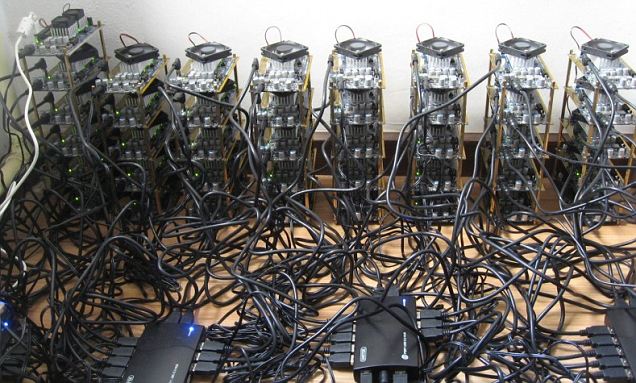
How to burn 50k dollars trying to save a few hundreds
You are a brand new startup. No cash flows in at the moment. What are you trying to do? Survive. You are saving every single penny to last as long as possible. You stick with free tools, or stay with freemium plans. Are you really saving money by doing this?
How it happens¶
Once your startup launch is successful, you're growing fast and are rapidly acquiring new customers. As it grows, the tools you used at the beginning are less and less adapted to your changing needs.
You begin to look for alternative tools to complete the job. The open-source load testing tools hardly scales as the number of simulated users explode.
You understand that better tools can greatly help you to progress faster. But, wait! The most popular tools are damn expensive! 99€ per month for a Cloud Load Testing Tool, another 20€ per month to have an emailing solution MailChimp, 10€ per month for an online support chat to help your customers.
Why the heck would i spend several hundred euros / dollars per month for tools I can build myself? You think you can surely build your own tool, well adapted to your needs, in just a few days.
People fall in two different groups at this point: the Buyers and the DIY Guys.
Buyers¶
Buyers purchase products that fit their needs. They don't try to create their own. While spending a few hundred dollars on a CRM seems a lot, they know it will pay for itself in the long run.

DIY Guys¶
The Do It Yourself guys are pretty different. They think that smart people can do everything by themselves. They don't need anyone. They have the skills to build everything by themselves. They are proud to achieve something without any help, by their own.

Different ways to handle a problem¶
The Break Point¶
The DIY guy is starting to build its own solution. After a week, it begins to work. After a few weeks, it's becoming interesting, although some key features are still missing. While he builds the tool for his needs, he starts to understand that the initial problem is harder to solve than he thought. He's now figuring out why there are popular tools for this, and why you pay for them.
As he already has spent a few weeks on it, he cannot afford throwing it anymore. The more you invest in something, the less prone you are to abandon it. Throwing it away means you lost all your previous investment.
He is now spending his whole time getting this tool finished to work again on his core business. He feels the urge to finish it, because it only serves the purpose, it's not the purpose. By working under pressure, things are going even worse. He's just trying to make things work as fast as possible, resulting in an ultimate slowdown due to poor work quality.
The Judicious Buyer¶
The buyer has acquired a strategic tool to improve his insight on his business. Although the tool costs several hundred euros per month, the Return On Investment is quick. He is spending time on improving his product by adding features. He is focusing on his customer satisfaction by spending time analysing his weaknesses with the new acquired tool.
What's the real difference between these two behaviors?
The math¶
Now we are going to go through the maths, take a look at the numbers to figure out why doing things by yourself which you could buy is terribly wrong.

You need a load testing tool with easy scenario design, scalable in the cloud and that provides awesome results. Basically (/)[OctoPerf] in a simpler version. You simulate tests with one thousand users, so you would be using our 249€ per month plan.
It took us 8 months with two engineers to build our first version of the solution. Not bad. But, we also have 11 years of cumulated experience in Load Testing. It will take you at least 3 months to build a working POC without any UI.
Suppose you have put 2 engineers at 90.000€ per year on this. That makes roughly 7500€ per month, per engineer. Multiply this by 3 months, it gives you a total of 22.500€ spent. But, you forgot that those engineers are not working on the business product anymore.
Suppose your company runs at around 50.000€/month incoming revenues, with a 50%/year growth. In 12 months, you will be around 75.000€ per month recurring revenue. That's an extra 2000€ per month revenue. Those engineers are not working on features which could reduce the churn rate, or improve customer conversion rate. Your revenues are steady.
That means you spent 22.500€ + 25.000€ = 47.500€ to avoid buying a product which costs only 99€ per month = 1188€ per year. Congratulations, you have just lost 44.500€ by trying to avoid spending 1188€ per month.
A word on Open-source technologies¶
Using open-source technologies is like buying tools. You spend time (and money) learning using the technology. The DIY guy would decide to build its own library, which better suits its needs. He thinks he is better at doing this that the few people who worked on the open-source library. Performance is often an argument involved.
Using proprietary technologies when there are open-source alternatives is usually a bad choice. Engineers don't want to work on technologies they cannot advertise on their CV.
Why DIY?¶
Engineers love to make things by themselves. Sometimes, it's because they don't want to learn something new. Other times, it's because they think they can build better things than the people specialized in those domains. I've seen this happening in companies building high added value products.
Companies with high added value products are more prone to building their own stuff because plenty of cash flows in. They think they can afford it. Sometimes, it's probably true. Companies with low added value products have even more pressure. They absolutely need to reduce costs, to maintain their margin high enough. In this context, they rather spend their time rather than give their credit card. Time is a money.
In most situations, building your own tools deviates you from your primary business and saves you only pennies.
Reference¶
This blog post is inspired by the great Build vs Buy written by Josh PigFord.
